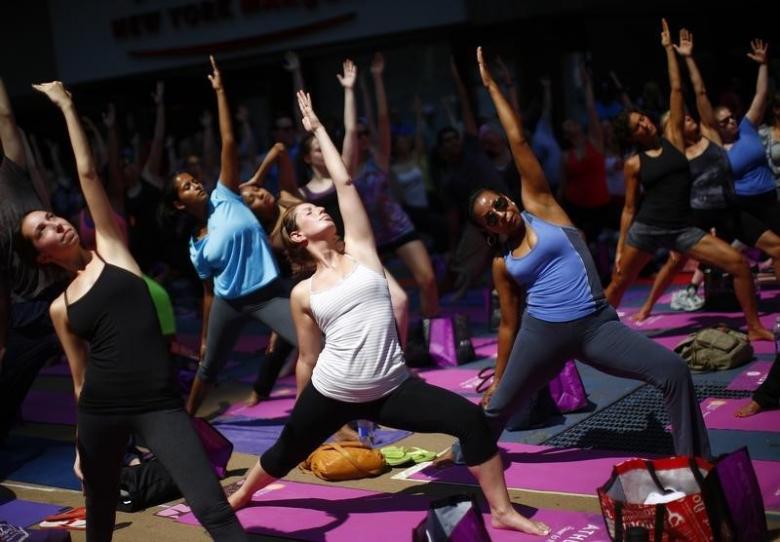London – Chronic lower back pain is equally likely to improve with yoga classes as with physical therapy, according to a new study.
Twelve weeks of yoga lessened pain and improved function in people with low back pain as much as physical therapy sessions over the same period.
“Both yoga and physical therapy are excellent non-drug approaches for low back pain,” said lead author Dr. Robert Saper, of Boston Medical Center.
About 10 percent of U.S. adults experience low back pain, but not many are happy with the available treatments, Saper and colleagues write in the Annals of Internal Medicine.
The American College of Physicians advised in February that most people with low back pain should try non-drug treatments like superficial heat or massage before reaching for medications.
Physical therapy is the most common non-drug treatment for low back pain prescribed by doctors, according to Saper and colleagues. Yoga is also backed by some guidelines and studies as a treatment option, but until now no research has compared the two.
For the new study, the researchers recruited 320 adults with chronic low back pain. The participants were racially diverse and tended to have low incomes.
The participants were randomly assigned to one of three groups. One group took part in a 12-week yoga program designed for people with low back pain. Another took part in a physical therapy program over the same amount of time. People in the third group received a book with comprehensive information about low back pain and follow-up information every few weeks.
At the start of the study, participants reported – on average – moderate to severe functional impairment and pain. More than two-thirds were using pain medications.
To track participants function and pain during the study, the researchers surveyed them at six, 12, 26, 40 and 52 weeks using the Roland Morris Disability Questionnaire (RMDQ).
Scores on the RMDQ measure for function declined – meaning function was improving – by 3.8 points over the 12 weeks in the yoga group, compared to 3.5 points in the physical therapy group. Participants who received education had an average RMDQ score decline of 2.5.
The improvements among the people in yoga and physical therapy groups lasted throughout the year, the researchers found.
“If they remain the same after one year, it’s a good bet that their improvement will continue on,” Saper told Reuters Health.
